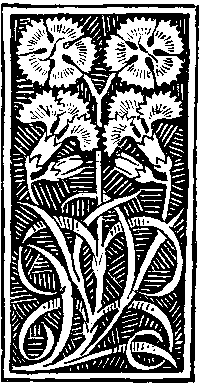Representations of Masculinity in Neo-Victorian Film and Television
Keywords:
crimson peak, gender, masculinity, neo-victorian, penny deadful, ripper street, sherlock holmes, the uncannyAbstract
Beginning with the premise that neo-Victorian films and television programmes set in the
late-Victorian era offer especially rich objects of study for those interested in gender and
sexuality, this article explores how masculinity is constructed and problematised in
Sherlock Holmes (2009), Crimson Peak (2015), Ripper Street (2012-2016), and Penny
Dreadful (2014-2016). These representations of masculinity are marked by uncanniness,
pervasive tensions, and liberatory possibilities, and enriched by generic and visual features.
They depict the public sphere as the principal site for masculinity’s definition and
expression, while linking voyeurism with violence and investigating how distinctions
between England and America influence masculine identity and desire. As these
representations critique the masculine valorisation of exploration and conquest, they
demonstrate how men’s success in the public sphere is undercut by failure in the private
one. They thereby make familiar markers of manliness unfamiliar, and empower women.
By portraying men who both exemplify and cope with the many dimensions and everchanging nature of masculinity, Sherlock Holmes, Crimson Peak, Ripper Street, and Penny
Dreadful address twenty-first-century viewers whose world has been changed by
significant shifts in gender roles and responsibilities, thus enabling men cathartically to
experience and resolve a return of repressed anxieties about what it means to be a man.
Downloads
Published
Issue
Section
License
Copyright (c) 2023 Neo-Victorian Studies

This work is licensed under a Creative Commons Attribution-NonCommercial-NoDerivatives 4.0 International License.


